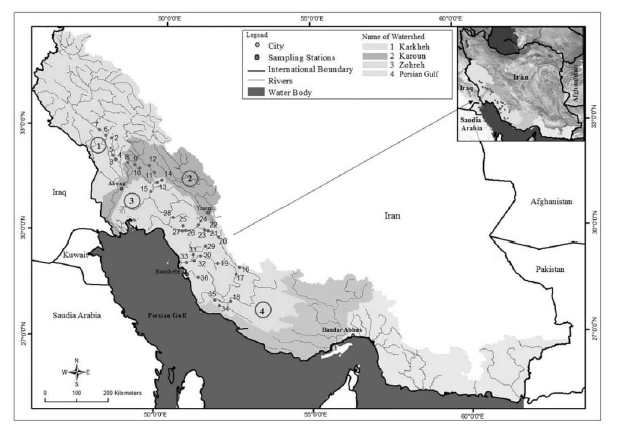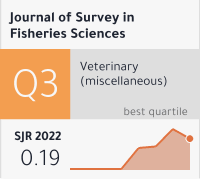Habitat effects on morphological variation of Garra rufa (Heckel, 1843) populations in Iran
DOI:
https://doi.org/10.17762/sfs.v8i2.50Keywords:
Ecological factor, Cline, Garra rufa, Fish, TraitAbstract
Understanding the processes involved in evolution of organisms is a principal topic that has received much attention from the research community. A common way to achieve this is to study the ecological conditions and morphological relationships of taxa. Fish are widely regarded as notable animal models in studies of environmental influence on morphological features given their high environmental adaptability and morphological flexibility. Here, we investigated the effects of environmental factors on 40 morphological traits of Garra rufa in four basins/subbasins of Karkheh, Karun, Zohreh, and the Persian Gulf. Our findings indicated that the morphological changes of the studied populations exhibited an east-west cline. It appears that a combination of two regional factors, i.e., elevation and temperature, and three local factors, i.e., substrate type, water current velocity, and water depth could account for this pattern. The effect of these variables was evident in almost all the characteristics we measured. Among the local factors, river width made the smallest contribution to inducing morphological variations.










